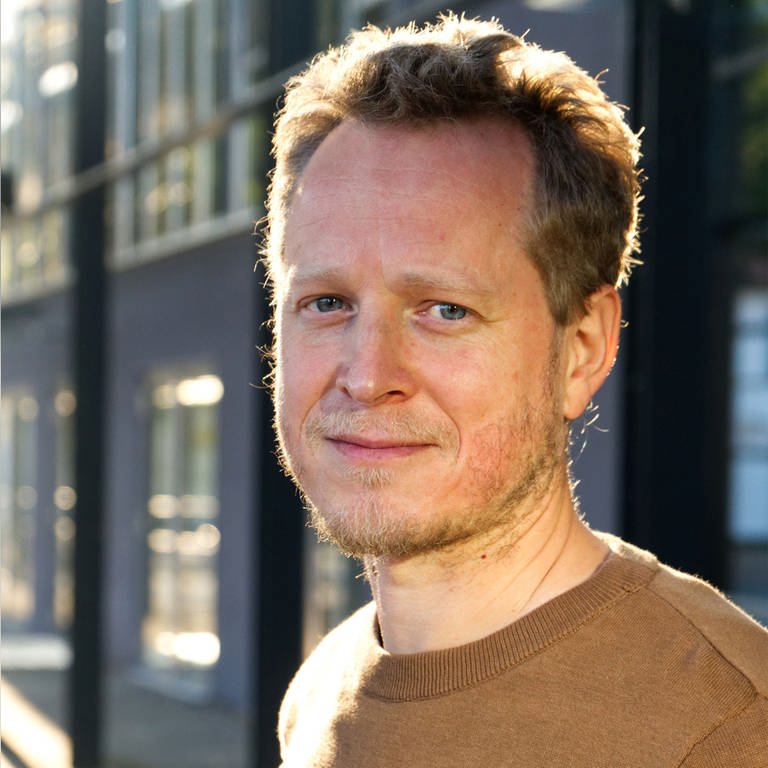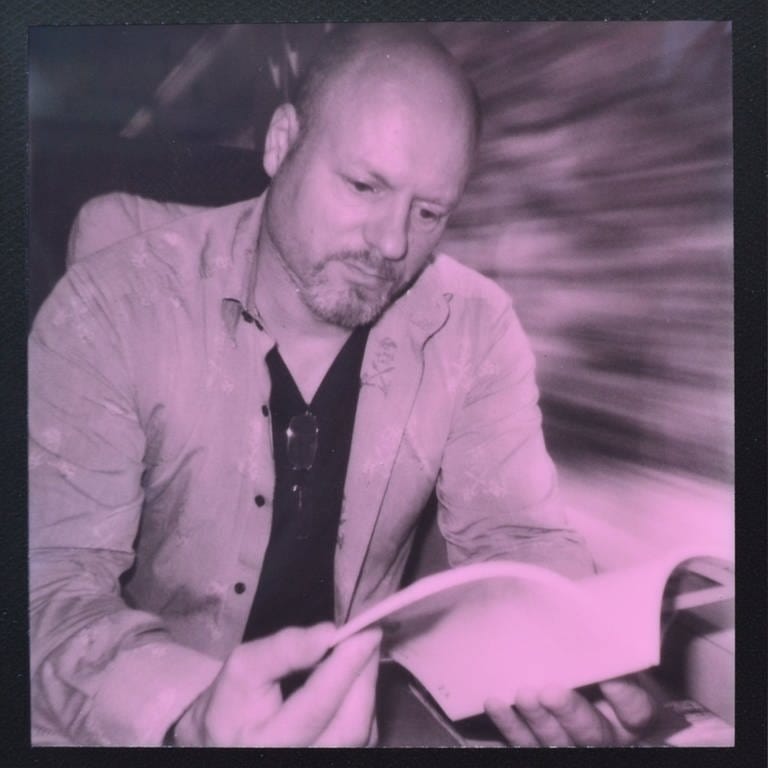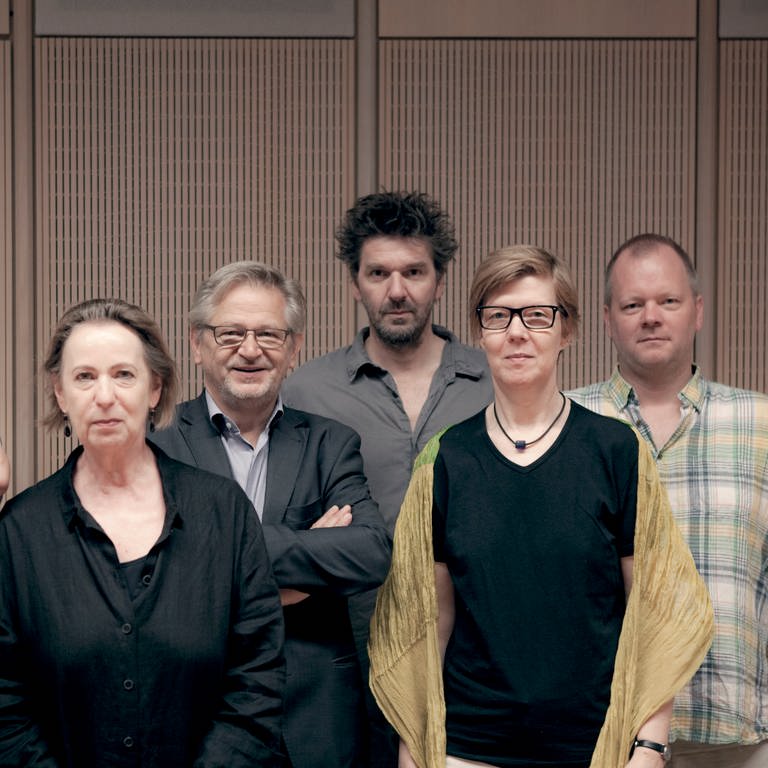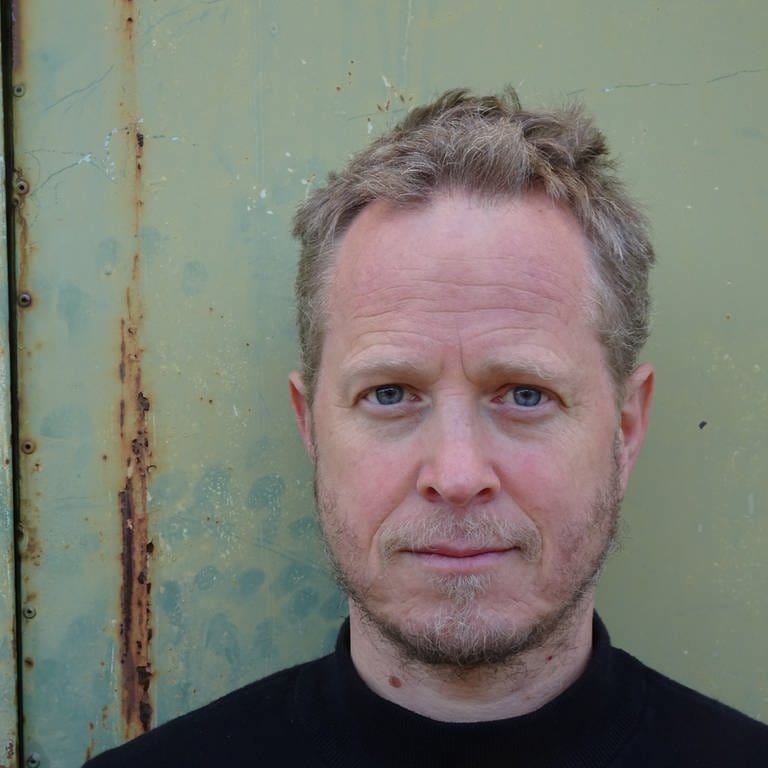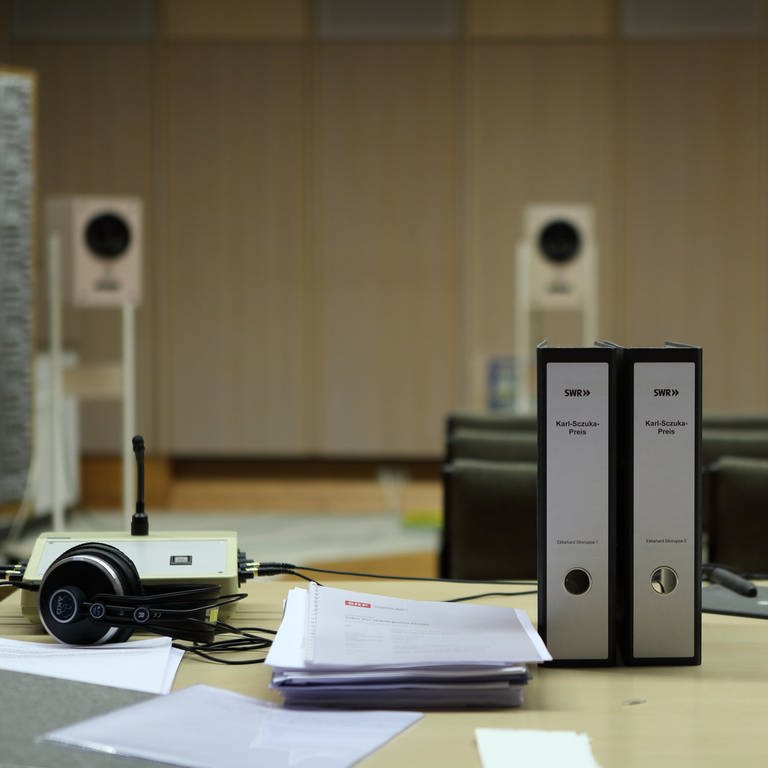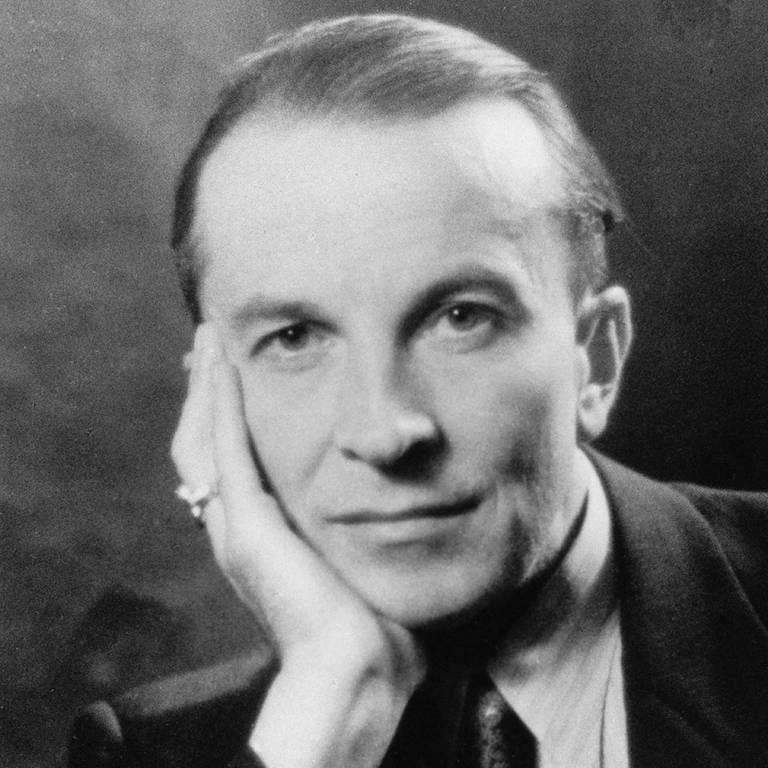Memory and repetition: these are important elements in Martin Brandlmayr’s compositional work. In his radiophonic debut too, they appear and lend structure and form. Brandlmayr discovers connections to the philosopher Jacques Derrida, whose words appear repeatedly. He speaks of ‘ghosts’ – Brandlmayr remembers those who influenced his work: Miles Davis, Billie Holiday and Thelonius Monk – but also films like Sans Soleil by Chris Marker and Alfred Hitchcock’s Vertigo.
In a society with a tendency to ignore or marginalise anything that is ambiguous or difficult to categorise, Vive les fantômes can be understood as a call to welcome the ‘ghosts’ – the ‘polyvalent threshold creatures we drive out’ – into our lives and to enjoy engaging with them.
Numerous acoustic snapshots ( field recordings, fragments of speech, music etc.) form a network, an interwoven structure in which motifs keep appearing, referring to one another and establishing connections. A multiplicity of music and sound, a hall of mirrors, an echo chamber that, with increasing distance, is compressed into white noise. The recordings keep surfacing in new forms as ghosts of bygone times, sometimes resembling the elements of a fugue – they undergo permutation and change, they are viewed in new surroundings and from new perspectives. The rhythms and the sound of the percussion, with its extended sonic possibilities, form a framework; they connect, combine and create a musical context.
(Frank Halbig, Ekkehard Skoruppa)
Martin Brandlmayr on his first audio play
I worked on two levels. On one level, I worked within the many little microforms, the detail work of an arrangement, and on the other, on the level of the overall form, where I kept shifting whole scenes about – like cutting a film – and setting up relationships between them. I had to keep looking at the whole, or actually looking from the outside: that was how I gradually approached the overall form. Ultimately there could have been many possibilities, many ways to assemble the individual piece like a puzzle, and there’s really no such thing as the correct and only version – it’s a continuum of constantly resurfacing, newly augmenting and disappearing elements.
Together with my group Radian, I already created a live score with speaker in 2014 for Chris Marker’s La Jetée. Here too, it’s about memories, a play of illusions, a blurring of times. One of the things that appears in Sans Soleil is Alfred Hitchcock’s Vertigo, a film that also works with the shifting of times and realities. When I was on tour with Radian last year and stopped in San Francisco, I visited one of the original locations from Vertigo: Mission Dolores. I made a few field recordings there, some of which now reappear in my audio play. I’m fascinated by loops – going back to the same places time and again (as a real or imagined journey), listening to the same music, watching the same film, observing how places change, how music changes when played in different spaces, how a piece changes every time it receives a new interpretation. A living process. Everything keeps happening again and in a new form.
I found it very exciting to bring Miles Davis and Thelonius Monk together once more in a virtual way. I approached them as a fan and admirer. Really playing with them virtually was something very special. My part is more a complementary one, filling interstices and commenting. At the beginning of the long passage consisting almost entirely of material from Live at the Fillmore East, I do actually play along. It was a bit like travelling in time to the New York of the early 1970s – being there at the Fillmore East as part of this fantastic band. The field recordings are movement ‘frozen’ in time. I treated them as musical material, frequencies, rhythms, sound. The white noise of the street sounds, melodies of the human voices of the passers-by, the accents of their steps. In addition to the editing process, I also augmented these sound objects instrumentally. The accents of the steps or the rattling of the suitcases rolling over tiles mingle with the accents of the drums, the wiping of wire brushes on the snare drum with the white noise of the street sounds.
On the other hand, these are also spaces of associations. Concrete sounds that are tied to memories, my own, personal ones – but because they’re familiar and identifiable sounds, they’re also open to the listeners, who can experience entirely different associations and inner images.
Details of the 2018 competition and the jury statement
In 2018, 74 competition entries were submitted by 94 applicants from 17 countries. An independent jury chaired by former Minister of State for Culture Christina Weiss decided on the award on Thursday, July 12, 2018 in Baden-Baden. Other jury members were Marcel Beyer, Michael Grote, Helmut Oehring and Margarete Zander.
The jury explained its decision as follows:
The 2018 Karl Sczuka Prize goes to the piece 'Vive les fantômes' by Martin Brandlmayr. In his radiophonic debut, the composer and percussionist Brandlmayr conjures an imaginary dialogue with the phantoms of his own artistic biography. Using original musical and verbal recordings, he opens up a space of poetic associations, circling and commenting on it with his instrumental resources. A fascinating invitation to re-encounter one’s own memories.
About the author
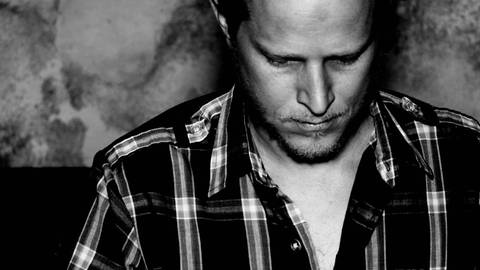
Martin Brandlmayr, born in Bad Ischl (Austria) in 1971, studied percussion at the Vienna University of Music and Performing Arts. He lives as a percussionist and composer in Steinbach am Attersee and is a member of several groups including Radian, Polwechsel and Trapist. With Radian he has released seven albums since the mid-1990s and toured all over the world. He works on the threshold between electronic and acoustic sound worlds: an intensive engagement with percussion as a groove instrument on the one hand, and an expanded body of sound on the other
